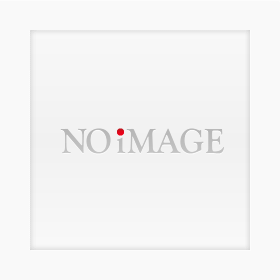Chemical-resistant coating
To protect the production equipment (substrate) that uses chemicals! Chemical-resistant coatings are very effective.
In production sites such as factories, equipment is sometimes placed in harsh environments, and it is often the case that processes proceed while using so-called chemicals (or in such an atmosphere). Our company is capable of applying surface treatments with high "chemical resistance" to protect the base of that production equipment. Coatings such as nylon and epoxy can demonstrate this chemical resistance in addition to their main performance, making the application itself very effective. [Main materials with chemical resistance] ■ Fluorine (Teflon) ■ PVC ■ PE ■ Nylon ■ Epoxy *For more details, please refer to the PDF materials or feel free to contact us.
- Company:みのる産業
- Price:Other




![[Development] Achieving thick film yttria with ceramic DIP coating.](https://image.mono.ipros.com/public/product/image/e34/2000685676/IPROS41773619475751603317.jpeg?w=280&h=280)
![[Development] Achieving coating of thick film 50μ yttria in complex shapes!](https://image.mono.ipros.com/public/product/image/c0e/2000693677/IPROS09233827016419795249.jpeg?w=280&h=280)
![Ceramic coating [*Sample available*]](https://image.mono.ipros.com/public/product/image/294/2000749414/IPROS00824260582797043768.png?w=280&h=280)



![Excellent release properties! [In development] BN coating](https://image.mono.ipros.com/public/product/image/84f/2000788543/IPROS69525455338417270682.jpeg?w=280&h=280)

